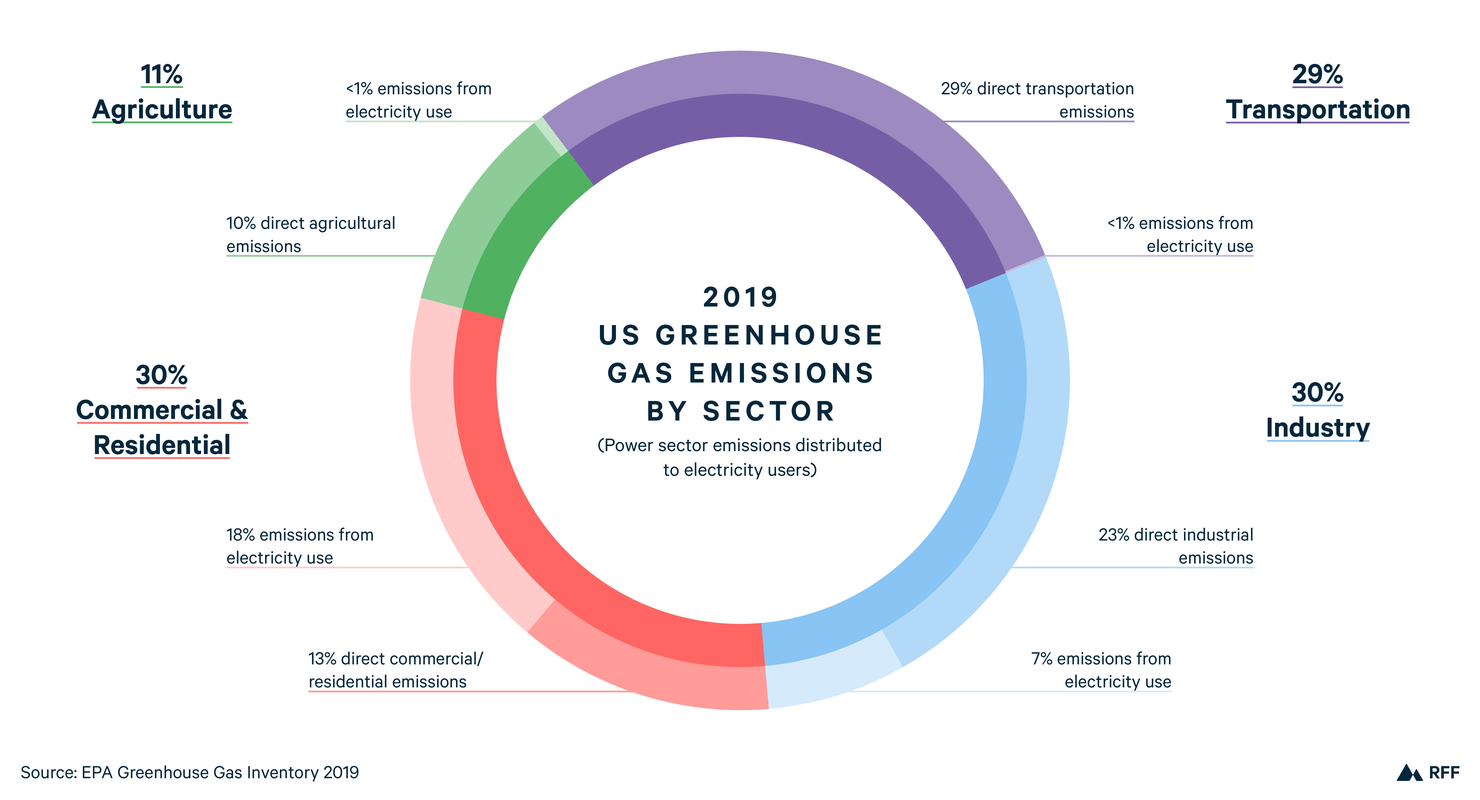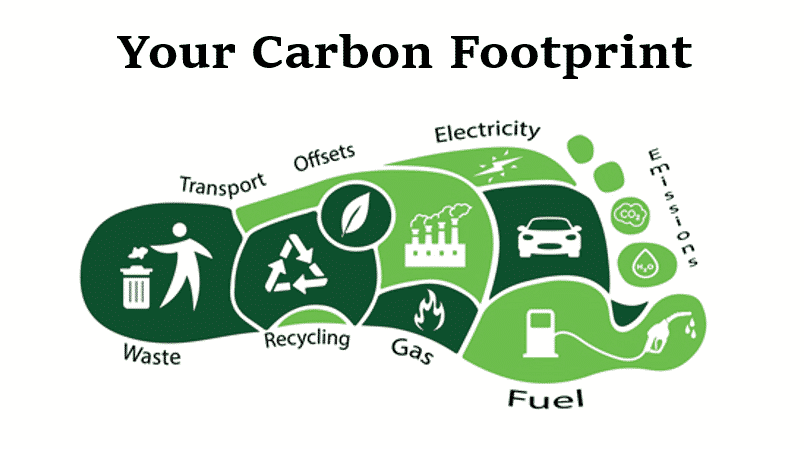How To Reduce a Building’s Carbon Footprint
The subject of climate change and reducing your carbon footprint is overwhelming. The science behind a carbon footprint is complex, and when it comes to trying to reduce your building’s future impact on the environment, there are still a lot of unknowns. While real solutions require actions on a global scale, there are things you can do right now to help do your part. In this article, I will discuss five things you can do to reduce your building’s carbon footprint.
For many building owners, reducing a building’s carbon footprint provides many benefits, because efficient practices reduce a building’s overall operating costs and help increase occupant comfort and satisfaction.
Reducing a building’s carbon footprint also shows occupants, employees, and customers that you’re doing your bit for the environment. This gives people reassurance that you are not just thinking about profits – whatever the cost to the planet.
What Is a Building’s Carbon Footprint?

A building’s carbon footprint is the total amount of pollution or CO2 that it produces through its day-to-day operations.
Almost eighty percent of the CO2 generated by a building is generated by the use of natural gas and electricity. Next to that, water waste and trash also produce a significant impact on the environment. And for new building construction, a building’s materials, location, its impacts on the local environment, and also landscaping is considered. The entire concept is to reduce waste and reduce impact.
Reducing a building’s carbon footprint reduces costs and sends a clear message that the business is taking environmental responsibility seriously. If your building is in need of renovation and updating, this is an excellent time to factor in environmental improvements.
Below, you can see a chart produces a few years ago. This chart shows the general production of CO2 emissions from commercial and residential buildings.
How Much Pollution do Buildings Generate?

Surveys done of the “building sector” include both commercial and residential properties. According to the below chart, provided by Resources for The Future, buildings contributed to about 30% of total US emissions, mainly through heating and air conditioning. According to that same study, emissions from the building sector have been on the rise in recent years.
5 Ways to Reduce a Building’s Carbon Footprint

1) Using Renewable Energy To Reduce a Building’s Carbon Footprint
Yes, reducing your energy usage is important. However, one of the biggest steps you can take towards reducing your carbon footprint and making a building more environmentally friendly is to source your energy from renewable energy production. Today, solar power and wind power are the fastest-growing sources of electricity. To some people, adopting renewable energy means buying solar panels. And while that definitely is one way to do it, today there are many ways to source electricity you use from renewable sources. Be it buying green energy from the grid, linking to a local solar farm, or purchasing renewable energy credits.
2) Recycled Materials Help Reduce a Building’s Carbon Footprint
Retrofitting or renovating your building will also help reduce your building’s carbon footprint. Look to use recycled building materials, such as recycled steel. Steel is the most recycled material on the planet and can also help you save money. Going out of your way to find the right materials can be time-consuming, however, many contractors and suppliers exist that focus on and embrace environmentally friendly practices and can make the process a lot easier.
Using recycled materials doesn’t only apply to the construction or renovation of a building but also to the day-to-day functions of a building. For example the use of recycled paper or bathroom tissues. Rechargeable batteries or reusable pens where you can refill the ink as opposed to throwing away 100 pens a year.
3) HVAC is The Best Way to Reduce a Building’s Carbon Footprint
Your HVAC system – heating, ventilation, and air conditioning – consumes about 30-40 percent of your building’s electricity, if not more. Keeping your system well-maintained and updated can help reduce a building’s carbon footprint. Make your HVAC system as efficient as possible, without wasting excess energy.
If you have an old and dying HVAC system, it’s probably consuming a lot more electricity than you think and adding to an already high electricity bill. If your HVAC system is more than 20 years old, you may also want to look at more efficient options that will not only make the building more comfortable but also reduce the amount of electricity used.
4) Rethink Lighting, to Reduce a Building’s Carbon Footprint
Next to HVAC, lighting consumes the most amount of electricity. Close to 30% of the electricity used in a c comercial building is used to light it, so it’s an obvious place to start when looking at reducing a building’s carbon footprint and reducing energy costs.
A great way to immediately reduce lighting costs and energy usage is to look at ways of increasing natural light, which arguably creates a more comfortable working environment.
LED lighting typically achieves energy savings of 50-70% compared to conventional lighting and, if used to its full potential, could eliminate lighting as a major contributor to global emissions.
5) The Way You Use Water Will Help Reduce a Building’s Carbon Footprint
Another major factor that affects a building’s carbon footprint is the supply, treatment, and usage of water.
A way to immediately improve your water usage is to ensure your plumbing is in good order. There should be leak-proof and well-maintained to avoid losing any water. This will also help you save money.
To take a step further, consider technology such as high-efficiency toilets to reduce water use – as they reduce average flush volumes.
But by far, Greywater reuse systems are the superior approach when it comes to conserving water. They significantly reduce a building’s demand for fresh clean water by diverting the waste water for uses such as toilet flushing or irrigation.
I hope you have found this article helpful. If you would like to speak to a professional about solutions you can adopt to reduce your building’s carbon footprint, Bio Developing specialized in entire building consultations to help make your building more environmentally-friendly, and reduce your carbon footprint, all while working to reduce costs. CONTACT BIO DEVELOPING
Article by
Rebecca Samson
Editor, Bio Development



Recent Comments